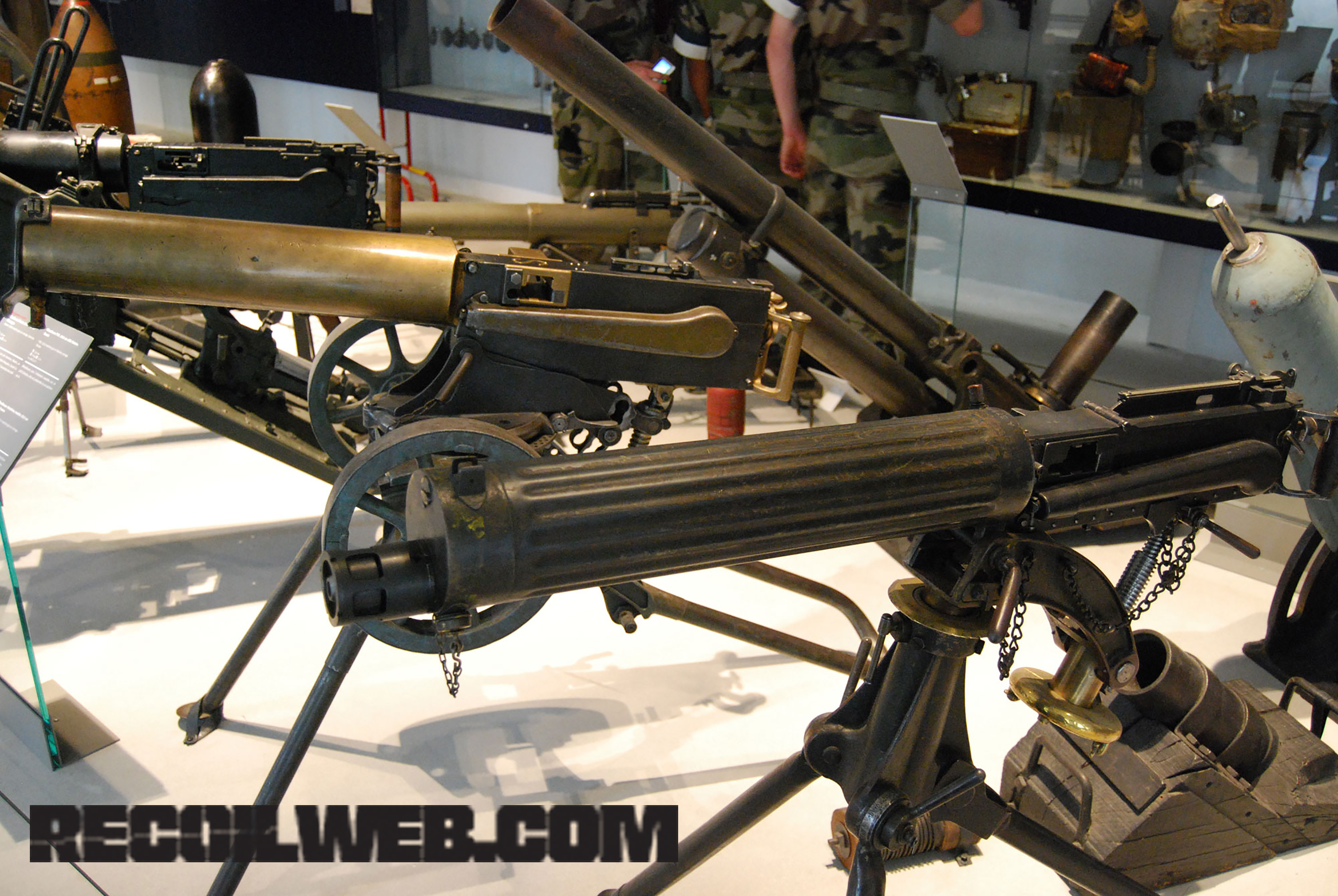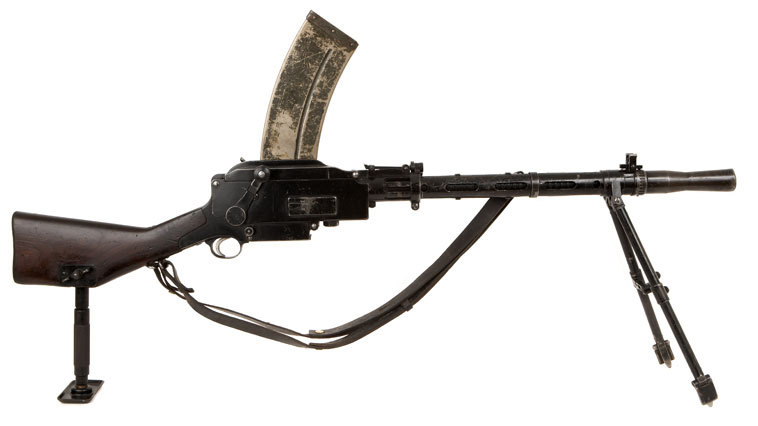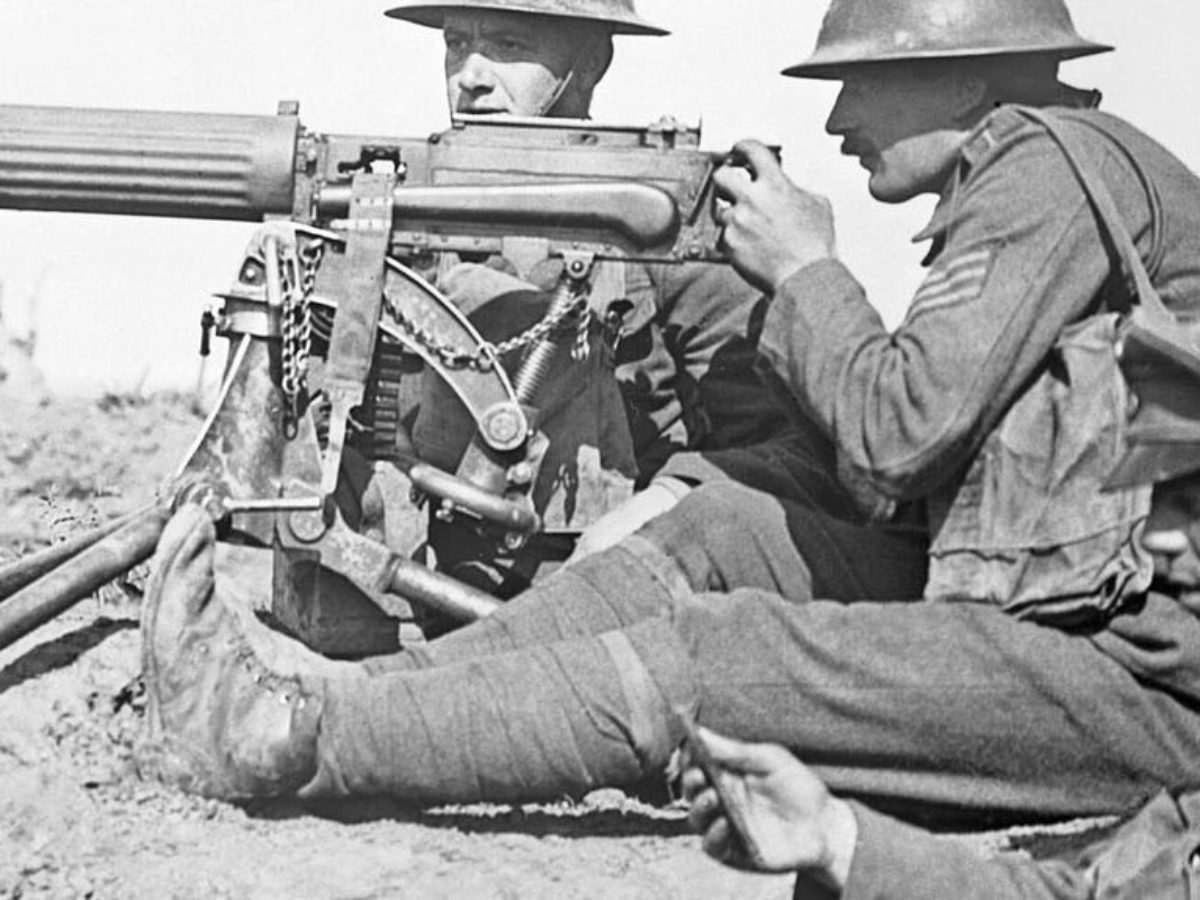Depending upon the gunner and conditions, a barrel modification might be required as often as every 200 to 250 rounds. When the hot barrel was eliminated, it was reserved up until it was cool enough to use again. Machine-gun groups would have as lots of as 6 extra barrels on hand.
Driving through a just recently protected area in Belgium, the sharp-eyed Liniewski spotted the deserted weapon in a field. Liniewski then did what any not being watched GI would have performed in that position; he stopped his truck and seized the opportunity to snag a great keepsake for the folks back house. As a support soldier, Liniewski was not familiar enough with weapons to disassemble his MG-42, so he hung on to it for a while until he found a camp where German detainees of war were being held.
The weapon remained in the Liniewski family until 2016 when his boy Marty contributed the weapon to the Museum. In spite of its propensity to get too hot, the MG-42 was an outstanding weapon that was light-years of ahead of the United States counterpart, the Browning M-1919A4 maker weapon. Germany produced approximately 400,000 MG-42s throughout the war, some of which are still in active service.

Taken together, all these weapons provided the Red Army a more practical variety of assistance weapons, much better able to challenge the Germans for fire supremacy on the battleground. Totally detailed, this study discusses the technology and the tactics of these machine guns. Noted authority Chris Mc, Nab sets out how these gatling gun were distributed and tactically applied and offers numerous examples of the weapons in action, from assault teams on the streets of Stalingrad to tank teams having a hard time for survival at Kursk.
Getting The Divisional Machine Gun Units To Work
Illustrated with premium photographs and specifically commissioned artwork, this is a deep analysis of these necessary tools of warfare within the Soviet forces.
Taken together, all these weapons provided the Red Army a more practical series of support weapons, much better able to challenge the Germans for fire superiority on the battlefield. Fully detailed, this research study discusses the technology and the methods of these maker weapons. Kept in mind authority Chris Mc, Nab sets out how these maker guns were distributed and tactically used and provides many examples of the weapons in action, from assault groups on the streets of Stalingrad to tank crews struggling for survival at Kursk.
Illustrated with premium photos and specifically commissioned art work, this is a deep analysis of these vital tools of warfare within the Soviet forces.
The maker weapon company, commanded by a captain, had an assigned strength of 6 commissioned officers and 172 gotten men, and carried 16 guns, four of which were spares. Within the company there were three squadrons and a head office area. A very first lieutenant led the very first squad, while 2nd lieutenants led squads 2 and three.
The Single Strategy To Use For 5 Deadliest Machine Guns Of World War I


Within each area were two weapon squads, each with one weapon and 9 males, led by corporals. The weapon squad had one fight cart, pulled by a mule, to transfer its weapon and ammunition as near to the shooting position as enemy fire allowed. From there the crews moved the guns and ammo forward by hand.
The battalion had a strength of 16 officers and 377 enlisted men and was motorized. It had just two companies, identical to the other device gun business in terms of personnel and weapons. Each gun squad used an unique motor cars and truck to transfer its workers, weapon and devices. The battalion was generally in division reserve, prepared to carry out missions as the division commander ordered.
In this role the weapons were positioned 300 to 1000 meters to the back of the cutting edge. When they used their weapons because fashion, the machine gun officers typically faced opposition from the rifle company commanders, who preferred to have the weapons farther forward, fearing that their infantrymen would be at threat of roaming low rounds as they advanced under the overhead gatling gun fire.
They quickly discovered that the machine weapons were high concern targets for enemy fire, and that it was advantageous to have the weapons at some distance from the infantry positions. Since opponent gatling gun posed the biggest risk to the attacking troops, the maker gun crews made every effort to locate the opponent guns and to focus their fire upon them.
What Does 7 Machine Guns America Took To Wwi Do?
A percentage of the guns was kept back as a reserve under command of the device weapon officer. 6Machine gun tactical teaching dictated that in the defense the Hotchkiss weapons should just rarely lie within 100 backyards of the front line which at least two-thirds of the guns ought to be echeloned back through the entire defensive position, situated so that nearby guns would be mutually supporting.

7 To find other features on the see our THE DOUGHBOY CENTER wants to constantly expand this function. Additions and discuss these pages may be directed to:.
I was impaled on this. My only fear was that he would push the trigger which would have made a hell of a mess. In the meantime, my sergeant who was near he saw me; was available in close; shot the fellow and then raised me, with the aid of another guy, off the bayonet.
A bayonet injury directly it goes in it injures and the withdrawal is probably even more distress than the 'putting in' because the 'putting in' is rapid. Another type of weapon was the trench club.